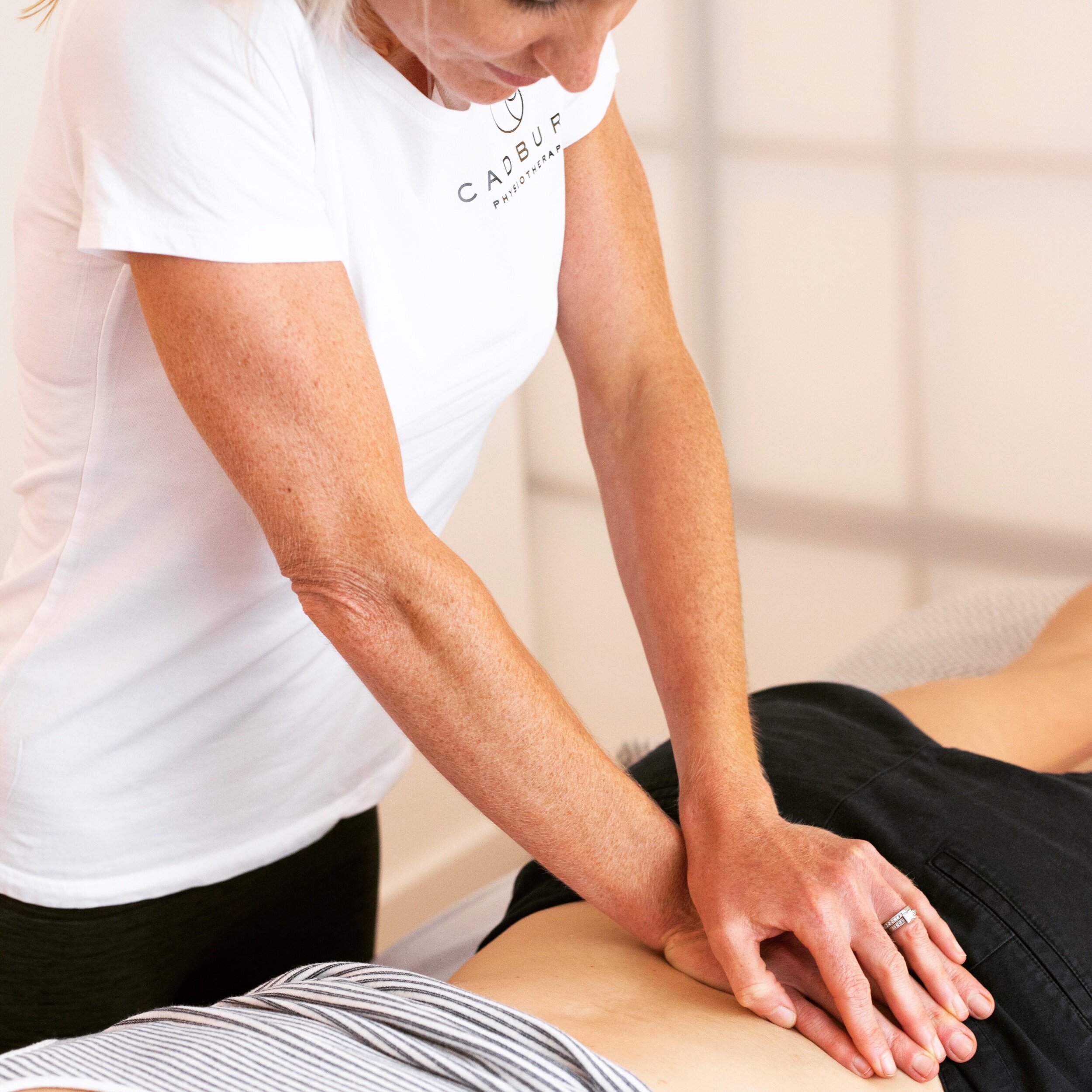Managing Back Pain During Lockdown
During this time of lockdown you may be experiencing more aches and pains. This can be for a number of different reasons. Perhaps due to working from home with a temporary desk set up, trying new sports and activities, increased DIY and gardening or perhaps due to holding more stress and tension in your body.
Low back pain is one of the most common problems that we treat as Physiotherapists and It may be reassuring to know that if you have low back pain, you are certainly not alone. About 80 percent of adults experience low back pain at some point in their lifetime. Most low back pain is acute, or short term and will last a few days to a few weeks. This will often resolve on its own with self care and the appropriate advice. Subacute low back pain is defined as pain that lasts between 4-12 weeks and chronic low back pain is pain that persists for 12 weeks or longer.
So we know it’s common, but what can we do about it?
The first step to improving low back pain is gaining an understanding of what is causing your pain. As a Physiotherapist helping patients understand their condition is fundamental in getting patients better. Getting a diagnosis does not necessarily mean that you need to have any imaging such as an X-ray or MRI scan as often in the initial instance a thorough assessment by a healthcare professional can provide you with enough clinical information to form a diagnosis. However, there will be some cases when imaging is indicated. During lockdown that assessment has had to be done virtually until we are allowed to see patients face to face. So to help you in the meantime here is an overview of some of the common conditions we see as Physiotherapists which might help explain what is causing your pain. It is important to be mindful that there are many mechanical causes of low back pain but there can be other causes too which may need further investigation. So if you have any concerns it is always best to seek a professional opinion.
SPONDYLOSIS
This is a generalised term for normal wear and tear that occurs in the joints and discs as people get older but is a common cause of mechanical low back pain. It is usually aggravated with extension type activities such as standing upright, arching back and prolonged walking and is eased by flexing forwards and sitting down. Pain from spondylosis can come on suddenly but usually it is a gradual onset and you may have had a history of previous reoccurring back problems.
MUSCLE AND LIGAMENT SPRAINS
Over-stretching, twisting or lifting can irritate the soft tissue around the spine. This is often due to exerting yourself and overloading the spine in a way it is not conditioned to such as lifting heavy weights, hedge trimming or heavy gardening,
INTERVERTEBRAL DISCS – HERNIATION
Discs are the shock absorbers in our spine in between the vertebrae. We can get herniated or ruptured discs which can occur due to a sudden movement or occur over a period of time. This is often associated with flexion activities such as prolonged sitting at a desk. This can cause sciatica which is pain that radiates down the leg due to compression of the sciatic nerve. Disc problems are usually worse with sitting due to increased weight bearing down through the discs. Gentle walking is usually more comfortable.
SPINAL STENOSIS
A narrowing of the spinal column that can put pressure on the spinal nerves that can cause pain or numbness. This is often worse with walking upright and eased with sitting down but then standing after prolonged sitting can be painful
SPONDYLOLITHESIS
This is when a vertebra of the spine slips forwards which can cause irritation or compression of the nerves exiting the spinal column. This is often worse with extending the spine and eased with flexion.
Once an understanding of the structures at fault has been established there are many positive evidence based steps to improve pain and functional ability.
In normal circumstances we would carry out hands on treatment such as spinal manipulation or mobilisation and soft tissue release (massage) as well as education and exercise therapy. Unfortunately the ‘hands on’ bit is not possible during lockdown but there is lots of evidence to support the use of exercise therapy to help manage low back pain so you can be doing lots to help yourself during this time
Exercise Therapy
Exercise therapy has so many positives in managing pain. You will release your natural pain killers, improve circulation which reduces inflammation, increase spinal mobility and muscle strength and start to gain confidence in your back which will have both mental and physical benefits.
Often the question is - ‘what exercise should I be doing?’
You can start with some gentle mobility exercises shown in the links below:
EXERCISES FOR DISC RELATED LOW BACK PAIN/SCIATICA
EXERCISES FOR LOW BACK PAIN - SPONDYLOSIS/DEGENERATION
Pilates can also be a great form of exercise to increase mobility and strength. As Chartered Physiotherapists running Pilates classes we see a large number of people suffering with back pain and it is so great to see how the exercises can significantly help them. Here’s a link to Kate’s class for low back pain and sciatica for you (to be added)
Once you have gained an increased awareness of your back pain and how to manage it you can start making positive steps to increasing your mobility and strength and you will start to feel the benefits both physically and mentally
Stay safe and stay well and please do not hesitate to contact us if you have any questions

